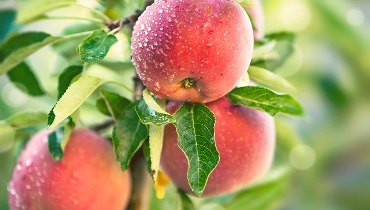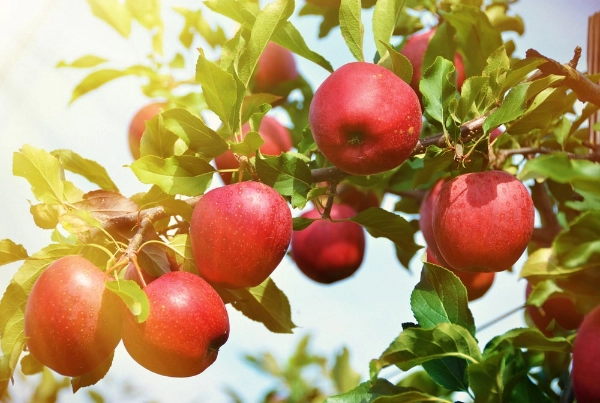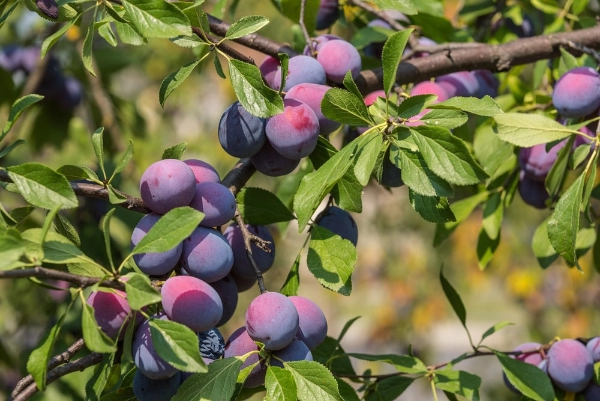
The Grounds Guys recommend choosing fruit trees suited for northern climates.
|
Last Updated May 12, 2023
Whether you're looking to add visual interest to your yard with ornamental trees, want to do your part for the environment, or have always dreamed of having your own private orchard, the key to your success lies in choosing the right type of fruit-bearing tree for your climate. For those living in the northern regions of the United States, there are many cold climate fruit trees to consider, and the team of landscape experts at The Grounds Guys is pleased to provide a list of popular trees along with some tips and tricks for healthy growth.
Table of Contents:
Hardy Fruit Trees for Cold Climates
The United States is divided into several different hardiness zones that are used to determine which types of plants are most likely to thrive in any given area. The northeastern states fall between zones three to six, and there are several species and cultivated varieties of the following that may be suitable for growth in colder climates, including:
Apple Trees

Apples are the most common type of fruit tree grown in northern climates, as most species are exceptionally hardy and able to withstand extreme temperatures. Because of the shortened growing season, you will need to choose a variety that will ripen before the first frost, with options that include:
- McIntosh
- Cortland
- Red and Gold Delicious
- Honeycrisp™
- Regent
- Gala
- And more!
Plum Trees

This popular stone fruit can be grown across most of the United States, with several varieties that are suitable for zones three and four. The two types most widely grown are:
Japanese plum - Ripening occurs from late July through September and the fruit can range in color from yellow to purple, with a slightly sour flavor.
European plum - Ripening occurs a few weeks later than the Japanese variety and the fruit is significantly sweeter.
Pear Trees
.webp)
Several types of European pears may grow well in colder climates, with the hardiest varieties being Flemish Beauty, Luscious, Parker, and Patten. Both Kieffer and Oriental pears thrive in both northern and southern climates.
Tips for Growing Fruit Trees
Fruit trees require a minimum of eight hours of direct sunlight each day to thrive and be productive. Before you invest, make sure you have a suitable location to plant the tree that is unencumbered by shade from other trees or buildings, or where height may be limited by overhead lines or structures.
Additional tips include:
- Visit a local nursery to purchase trees that are known to grow well in your region.
- In northern climates, spring planting is best.
- Prepare the hole and amend the soil prior to arrival to expedite the planting process.
Fruit trees can range in size from:
- Dwarf - Will grow eight to ten feet in height and are less productive.
- Semi-dwarf - Will grow 10 to 15 feet high and are more productive than dwarfs.
- Standard - Most productive and may grow 20 feet high or more. Unless the tree is known to be self-pollinating, you will need two of the same type of tree to pollinate and produce fruit.
Well-drained, fertile soil is best.
Opt for disease-resistant varieties to limit spraying.
Contact The Grounds Guys for Professional Landscaping Services
The dedicated landscape experts at The Grounds Guys can help to enhance the beauty and functionality of your outdoor space, with professional landscape design and maintenance including residential tree services. Contact us to learn more or to request a job estimate today!